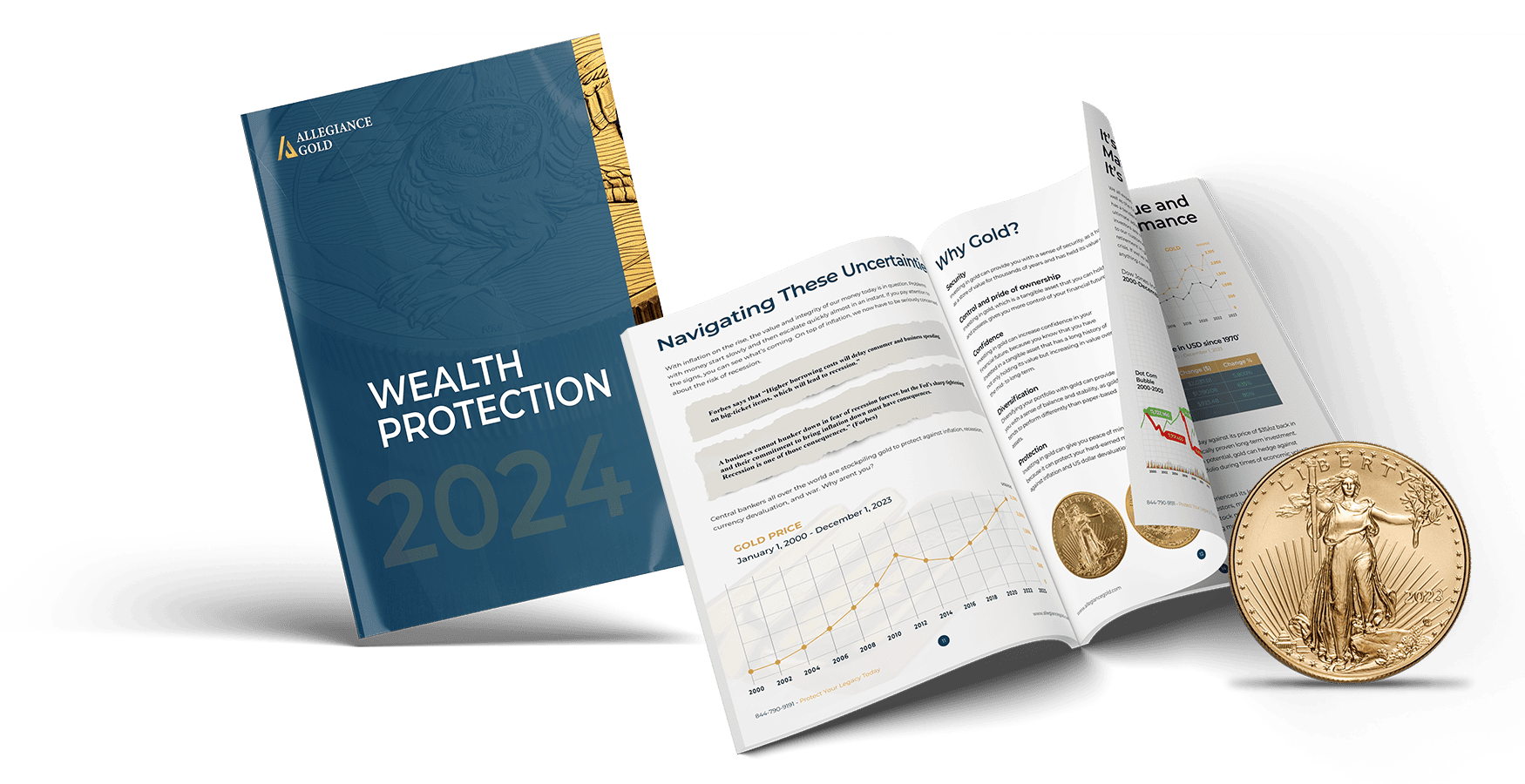Are you thinking of investing in precious metals?
As this year kicks off, investors are pouring money into gold as precious metals rally in the markets.
Of course, if you pride yourself on being savvy with your money, you’ll want to look deeper under the hood before investing in a new asset class. Building wealth isn’t about jumping bandwagons, it’s about making informed choices that safeguard your portfolio and your future.
Precious metals as a whole is a solid (pardon the pun) asset class. But it’s important to understand what drives the supply and demand for these commodities, as well as the most advantageous way to invest in them.
In this guide, we take an in-depth look at the best precious metals to invest in, what underpins their demand, and some ways you can use them to diversify your portfolio.
Keep reading and get informed.
Gold – Surprisingly, Not the Most Precious Metal
Contrary to popular belief, gold is not the most precious metal in the world. That title goes to rhodium, an extremely rare member of the platinum group.
However, gold has one of the longest histories of use as a store of value and medium of exchange. Thanks to this, gold has strong tangible value.
Gold also holds unique properties as a metal. It doesn’t rust or corrode and has various industrial applications.
Currently, the primary use of gold is for jewelry. In the US, roughly 50% of the gold supply goes to the jewelry industry. The electronics sector uses another 37%, and 8% remains for use in official coins.
Gold Is a Strong Safe Haven
Even though a large portion of gold goes towards luxury and jewelry items, it has a strong reputation as a safe haven asset. In other words, it is the asset people are most likely to run to in times of trouble and unrest.
If you want proof of this, you only have to look at gold’s price movements during 2020 when it surged to a 7-year high as the pandemic sparked a safe-haven rush.
After the initial turmoil of lockdown measures and stay-at-home orders subsided, gold’s price declined, but it never reached pre-pandemic price levels.
As we mentioned earlier, the beginning of this year marked a new rush on gold. There are a few obvious reasons for this, including:
- A weakening dollar
- China’s border reopening
- The imminent global recession
Besides these factors, there’s also a less tangible trigger that might be driving people toward gold. Recent events such as the pandemic and the conflict in Ukraine have left a lot of people with a general feeling of unease.
Survey results back this up, showing that the majority of people are concerned about large-scale issues this year. Approximately 75% of adults are worried about the economy. A further 61% say they’re anxious about global events.
Gold Is Also a Time-Tested Inflation Hedge
Besides being a safe haven asset, another of gold’s benefits is its long-standing history of being an inflation hedge.
The primary reason for this is that gold’s value is dollar-denominated. In other words, when the dollar weakens in value, the gold price should inversely increase.
Take note, this is a very simplified overview of the relationship between inflation and gold prices. How gold responds in the short term to inflation rates can depend on various factors, including global supply, market sentiment, etc.
Gold has also come under some fire recently with claims stating that its inflation-hedging abilities are inflated.
These warnings are usually based on gold’s performance in relation to inflation over the short term. In other words, if you are looking to trade the markets and actively buy and sell positions to make a profit, you shouldn’t buy gold and expect its value to rise in perfect inverse relation to inflation.
However, this doesn’t mean that you shouldn’t buy gold to guard against inflation over the long term. If you look at the actual cost of gold vs consumer goods over the last century, you’ll see that gold has lived up to its name as an inflation hedge.
Here’s a very basic example. Back in 1930, a 1lb loaf of bread cost $0.09 or less. During the same year, gold was trading at over $20 per ounce.
Now, the average cost for a loaf of bread is $2.50. Over the past year, the lowest price gold has reached is just over $1,600 per ounce.
If you do some basic math, you’ll see that while the cost of bread has increased roughly 27x (or 2,700%), the price of gold has increased by 80x (or 8,000%).
Of course, this is a very simple comparison, but it does illustrate how gold maintains real-world buying power over time.
Silver
Although silver commands a far lower price than gold, it is still one of the top precious metals to invest in. Like gold, silver is a tangible asset that also has a certain level of safe haven status.
However, it differs from gold in a couple of key ways.
Industrial Uses
Unlike gold, silver is predominantly used for industrial purposes. Currently, silver is used in more manufacturing and industrial processes than all other precious metals.
Thanks to its lower price point and electrical properties, silver is a vital component in a huge array of applications, ranging from superconductors to microcircuits and bearings.
Silver is also a key component of solar panels. As the demand for sustainable energy rises, it’s likely that silver’s demand shall rise as well.
Of course, these types of industrial demands aren’t set. As innovation takes place, manufacturers find ways to conserve on silver components, or even replace them with more cost-effective alternatives.
However, silver’s inherent properties are a good indication of growing demand.
More Volatility
Another thing that differentiates silver from gold as an investment is its volatility. Although the gold price can undergo short-term volatility, it is a relatively stable asset over longer timeframes.
Silver is known for being more volatile than gold, both over the short and long term.
The primary reason for this is silver’s industrial uses. Silver demand can fluctuate rapidly in response to economic cycle changes that influence industrial production.
Silver is also subject to more volatility because it has a smaller market cap and is more thinly traded.
From an investment standpoint, volatility can be both a good and a bad thing. Volatile markets offer traders more potential for gains, but they also come with increased risk.
Over the long term, the relative volatility of silver isn’t likely to hurt your portfolio, unless an unforeseen event plummets demand for a sustained period.
However, if you’re looking to make a short-term precious metals investment, you should definitely factor in the potential impact of volatility. Short- and medium-term silver investments aren’t guaranteed to make a profit. If you wish to sell your holdings in the near term, you will need to seek expert market advice and time your investment appropriately to avoid having to sell at a loss.
Increasing Rarity
Another factor to consider if you’re looking to buy silver is the potential for increasing rarity. Because silver has so many industrial applications and is subject to supply constraints—there is a chance that its rarity will rise steadily.
Reports state that silver is now rarer than gold, and will remain that way indefinitely.
Platinum
Like silver, platinum is used in both jewelry and industrial applications. The highest demand for platinum comes from the automotive market, where it’s a vital component in catalyst converters. Catalyst converters reduce the harmfulness of car emissions.
As emission laws tighten up around the world, platinum demand is likely to continue.
Besides being a component in automotive catalyst converters, platinum is also used in chemical and petroleum catalysts and in the computer industry.
Thanks to reserve distribution, platinum prices are also heavily influenced by geopolitical conditions. Roughly 80% of current platinum production happens in South Africa and Canada.
Currently, an ongoing electricity crisis in South Africa is threatening to impact platinum production. Russia’s predicted platinum production has also dropped.
All combined, forecasts state that the platinum supply is likely to move into a deficit in the near future.
Palladium
Palladium is rarer than platinum but commands a lower price. It is also used in various manufacturing applications, mainly for catalytic converters, electronics, and industrial products.
It’s also used in dentistry chemical applications, medicine, groundwater treatment, solar energy, fuel cells, and jewelry.
In contrast to platinum, palladium reserves are more widely distributed, occurring in the US, South Africa, Zimbabwe, Canada, Finland, Australia, and Russia.
This makes palladium less vulnerable to geopolitical events.
However, like platinum, palladium is subject to volatility. The demand for both of these precious metals is largely driven by catalytic converter production. Thanks to this, palladium and platinum often trade in tandem.
Are There Other Precious Metals to Invest In?
Now you might be wondering, surely there are other precious metals one can invest in? Rhodium and rhenium are two other examples of precious metals with industrial applications.
However, getting exposure to these is far more complex than buying gold or silver. What’s more, these types of metals are best suited to traders and fund managers that specialize in precious metals and are highly familiar with their price movements and the economic/external factors that influence their markets.
Ways to Invest in Precious Metals
Besides knowing what precious metals to invest in, you also need to determine the best way to invest. This will largely depend on your specific investment goals.
Short-Term Precious Metal Investing
If you’re looking to make short-term investments and actively trade the market, you will need to opt for solutions that offer increased liquidity. Such as ETFs, mutual funds, or mining shares.
However, this approach is best suited to experienced traders who know how to time the market and conduct their own technical analysis.
Long-Term Wealth Building
If you want to preserve your wealth, hedge against inflation, and diversify your portfolio, you’re far better off making long-term precious metals investments.
You can do this by investing in a precious metals mutual fund. However, many people prefer to buy and hold physical bullion. This gives you greater control over your investment.
However, if you buy silver bullion or gold, you will need to arrange for safe storage and custody. Buying and holding precious metals in this way can also be disadvantageous from a tax standpoint.
If you want to seamlessly diversify your portfolio, and enjoy unique tax advantages, we’d recommend looking into a gold IRA.
The Benefits of a Gold IRA
Gold and precious metal IRAs work in much the same way that traditional IRAs do. They allow you to diversify into precious metals, while enjoying all of the tax benefits of a regular IRA.
What’s more, they offer a secure, simple way to diversify. Instead of having to buy gold or buy silver bullion and manage its transport and storage, you can convert your IRA to gold or any other precious metal through a gold rollover.
The process of converting a regular IRA to a gold self-directed IRA is very straightforward.
If you choose a trusted provider such as Allegiance Gold, all you have to do is open a self-directed IRA, authorize the rollover, and purchase your IRS-approved metals.
Instead of requiring you to store the bullion yourself, we work with industry-leading custodians and storage partners like GoldStar and Strata Trust.
If you wish to learn more about precious metals IRAs, feel free to browse our learning center for more info.
Are You Interested in Diversifying With Precious Metals? Allegiance Gold Can Help
Precious metals offer a valuable way to diversify your assets and future-proof your portfolio against economic uncertainty and the wealth-eroding effects of inflation.
If you want to invest in precious metals the streamlined, tax-savvy way, a gold IRA account might be the most advantageous option to consider.
Here at Allegiance Gold, we specialize in administering gold and precious metal IRAs.
If you want to get the ball rolling on your precious metals IRA, simply fill out our online application form and our team will guide you through the process.

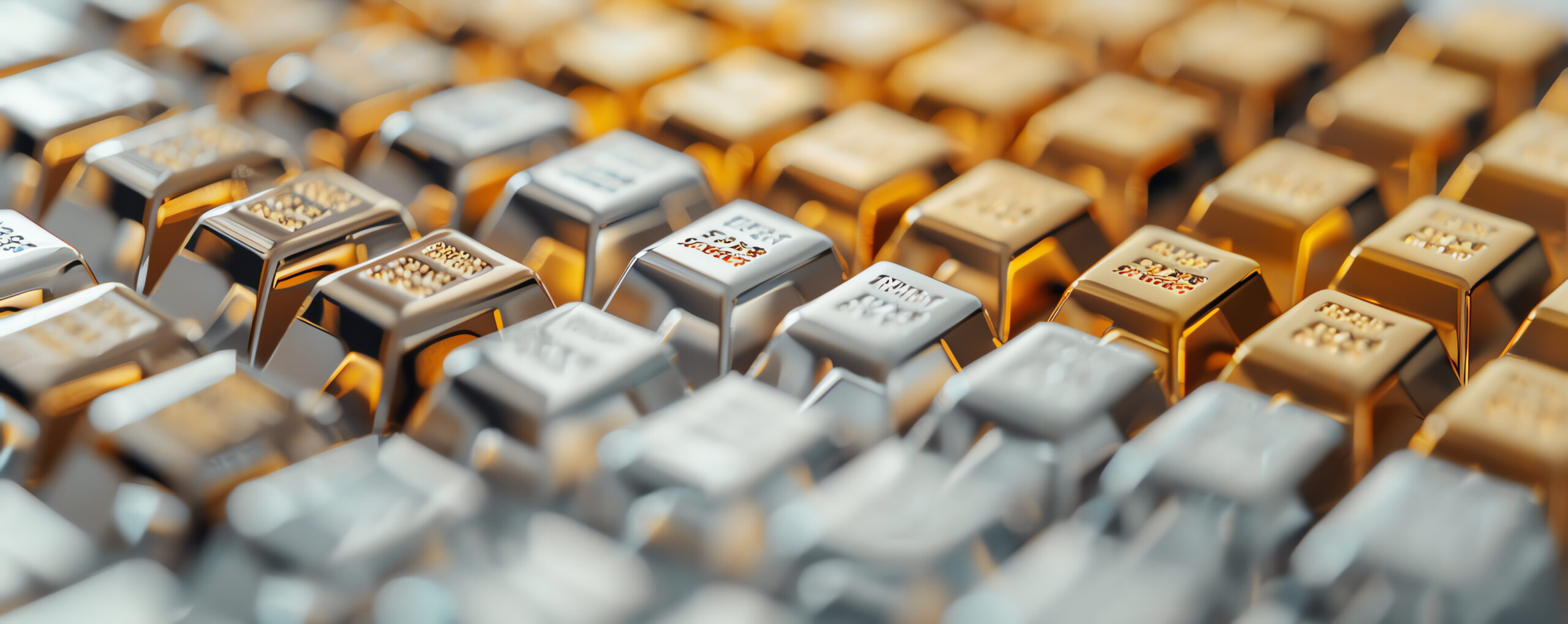
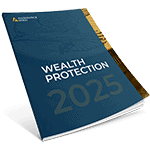
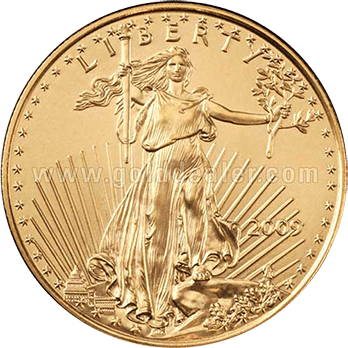 Gold Products
Gold Products Silver Products
Silver Products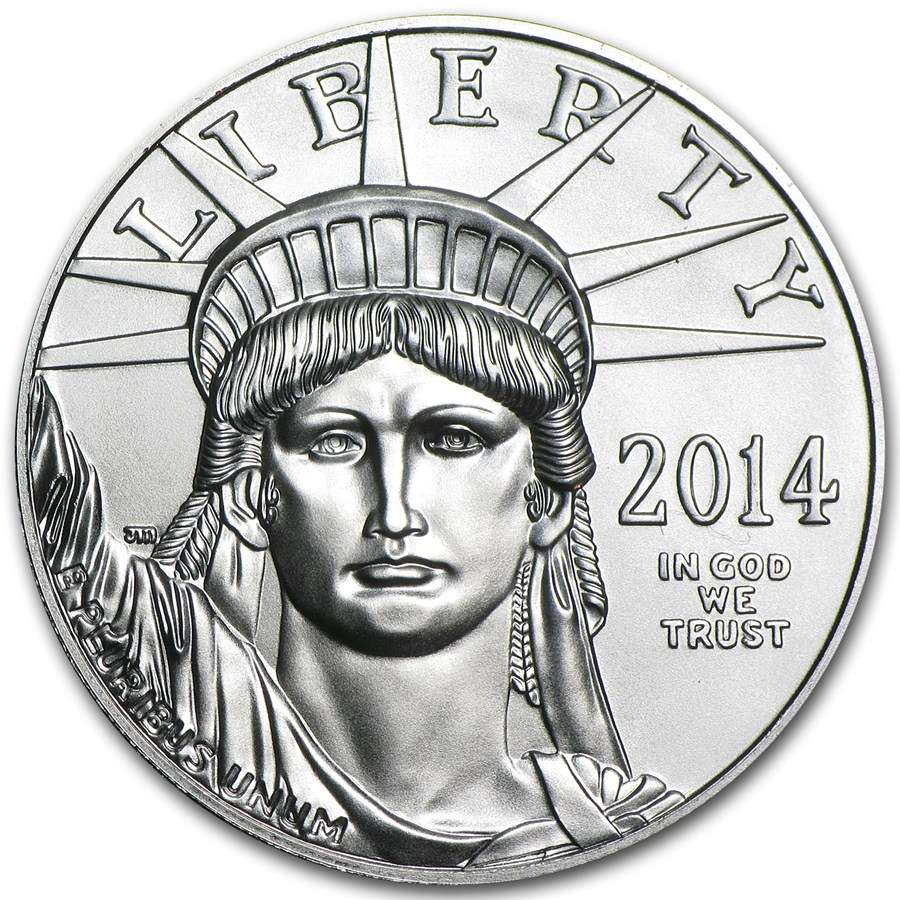 Platinum
Platinum